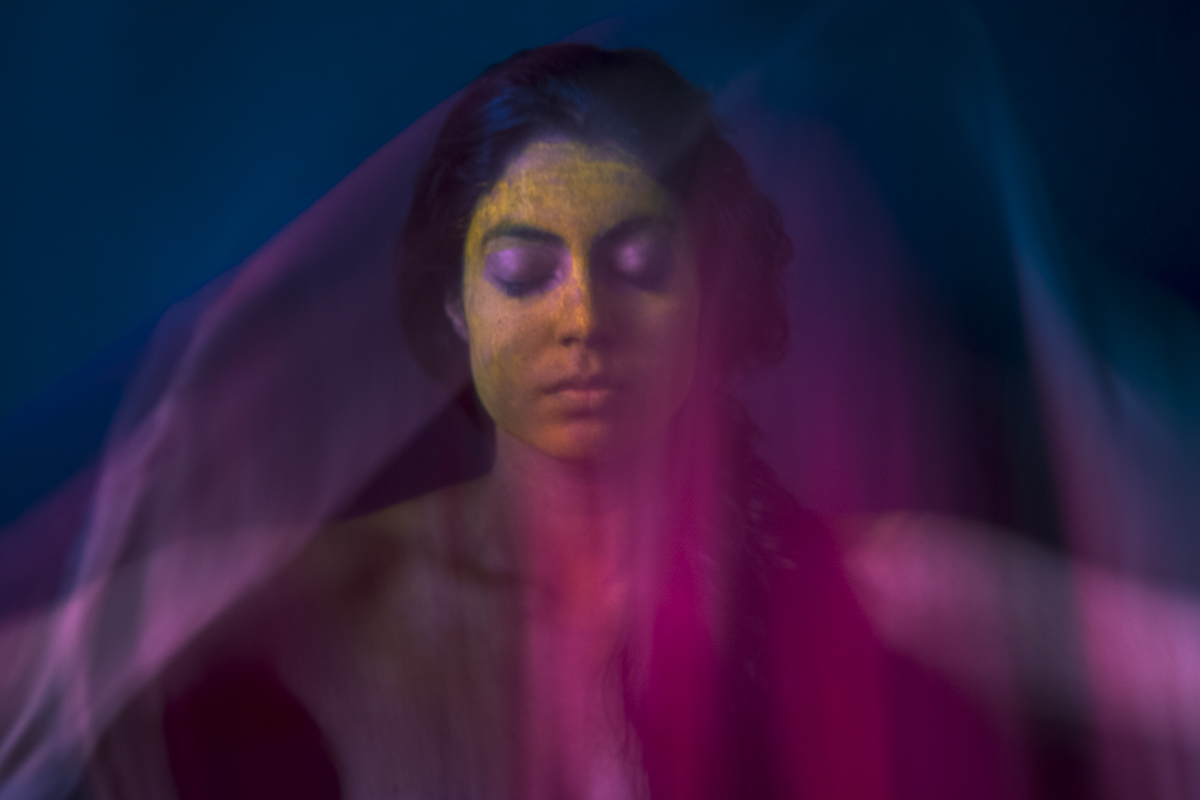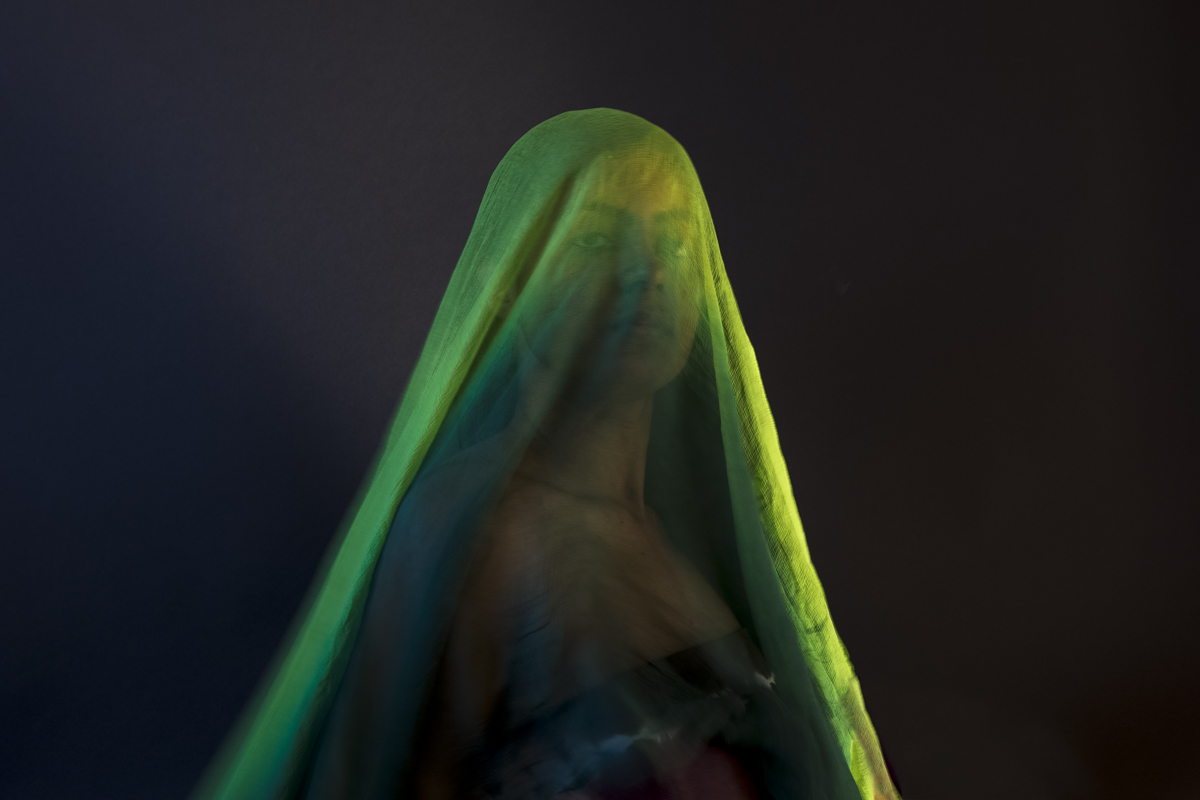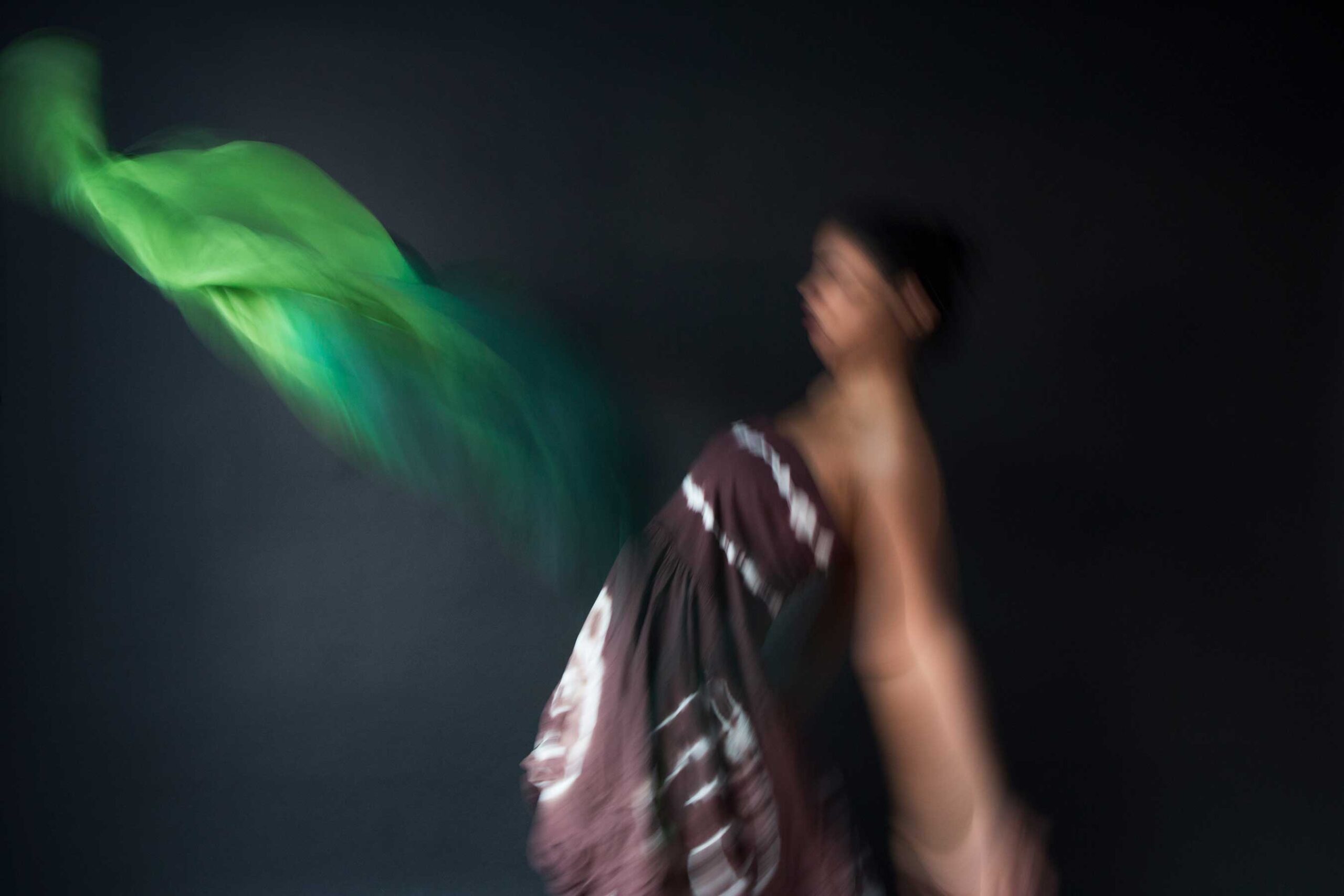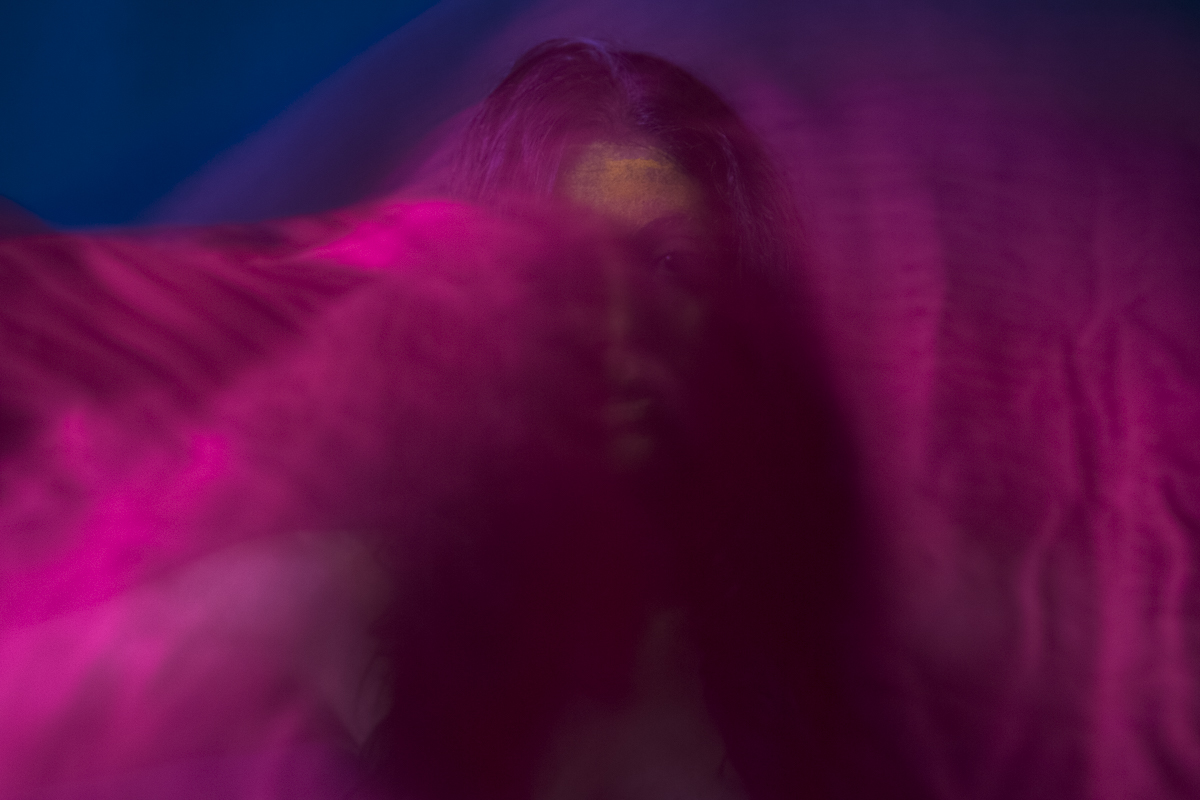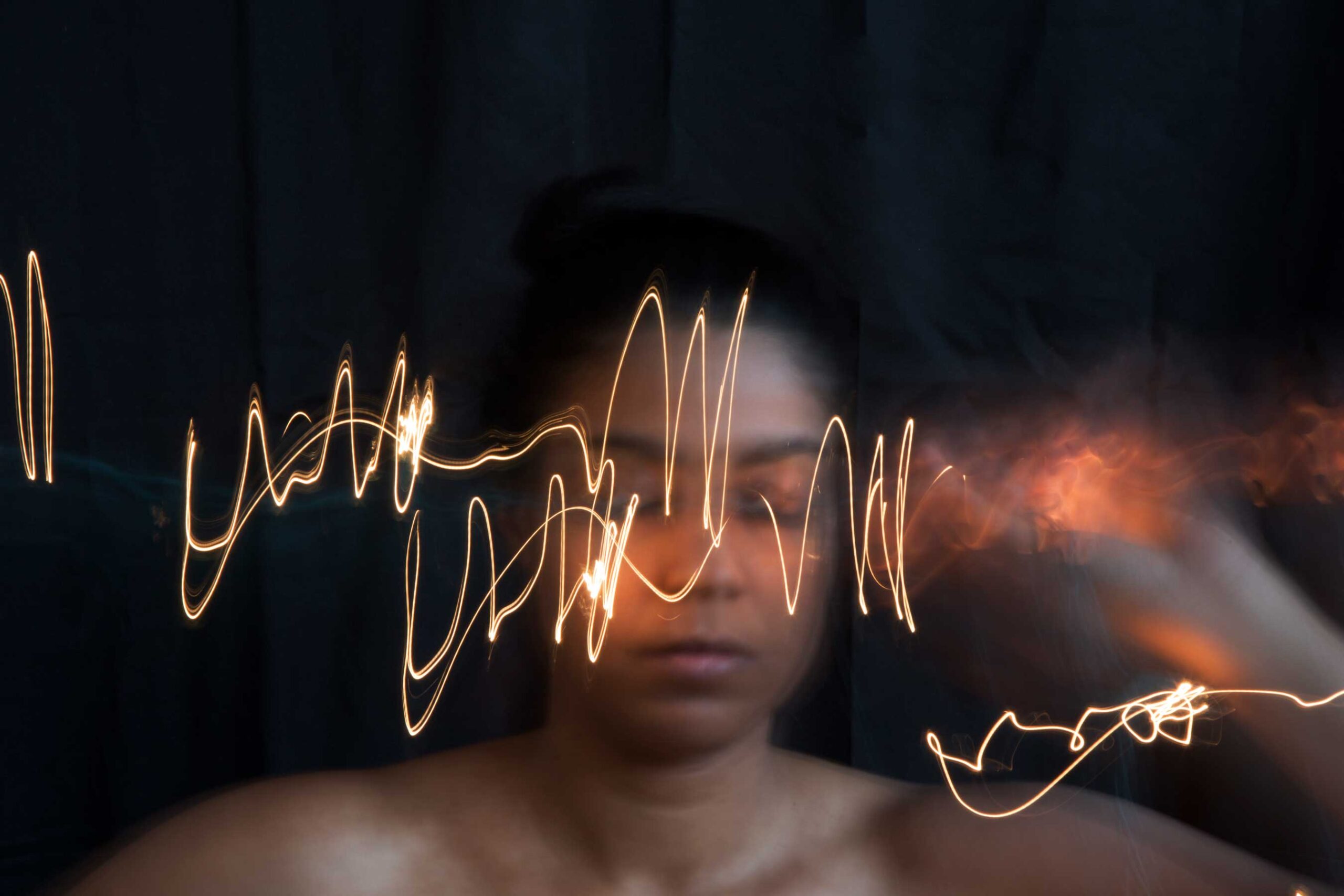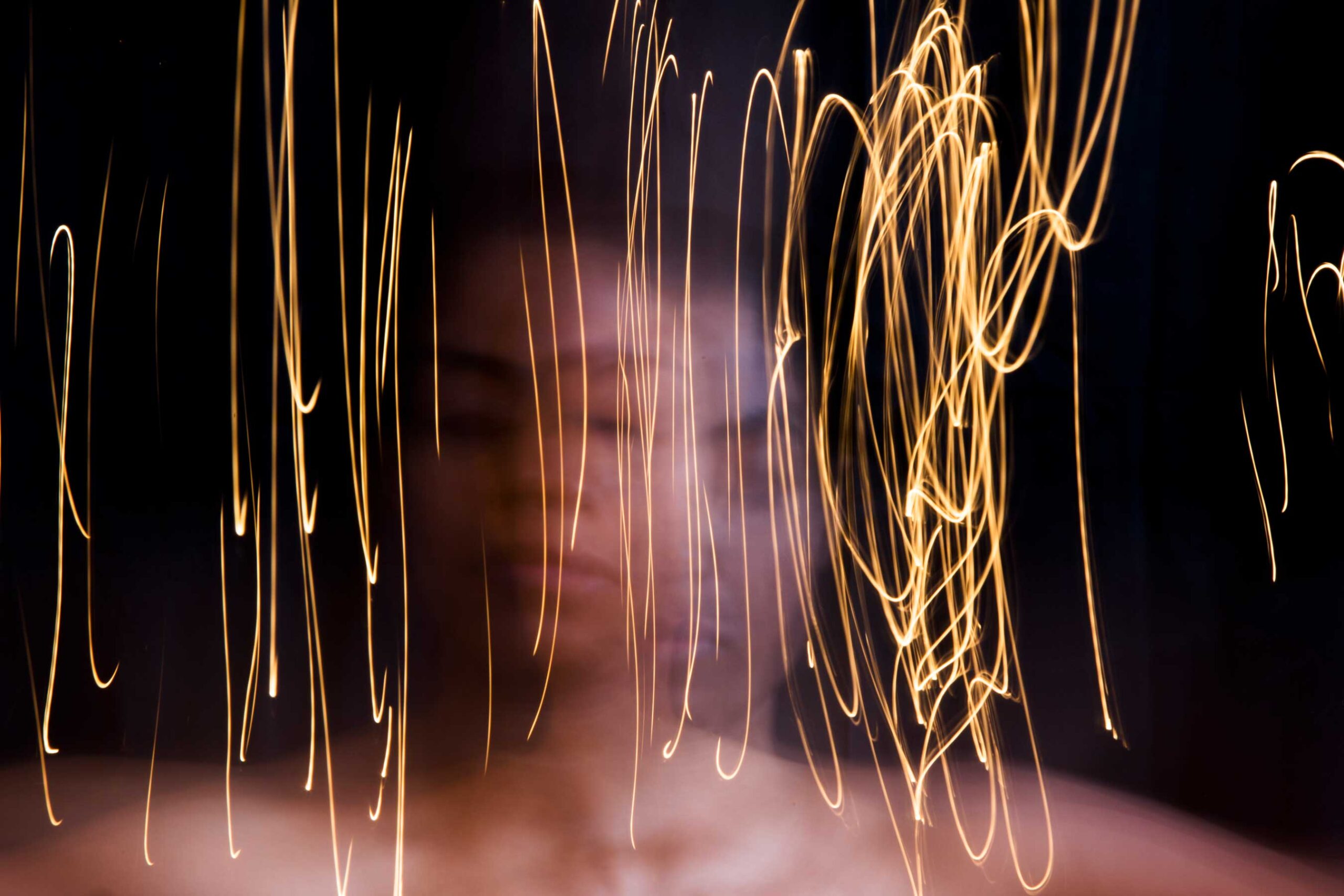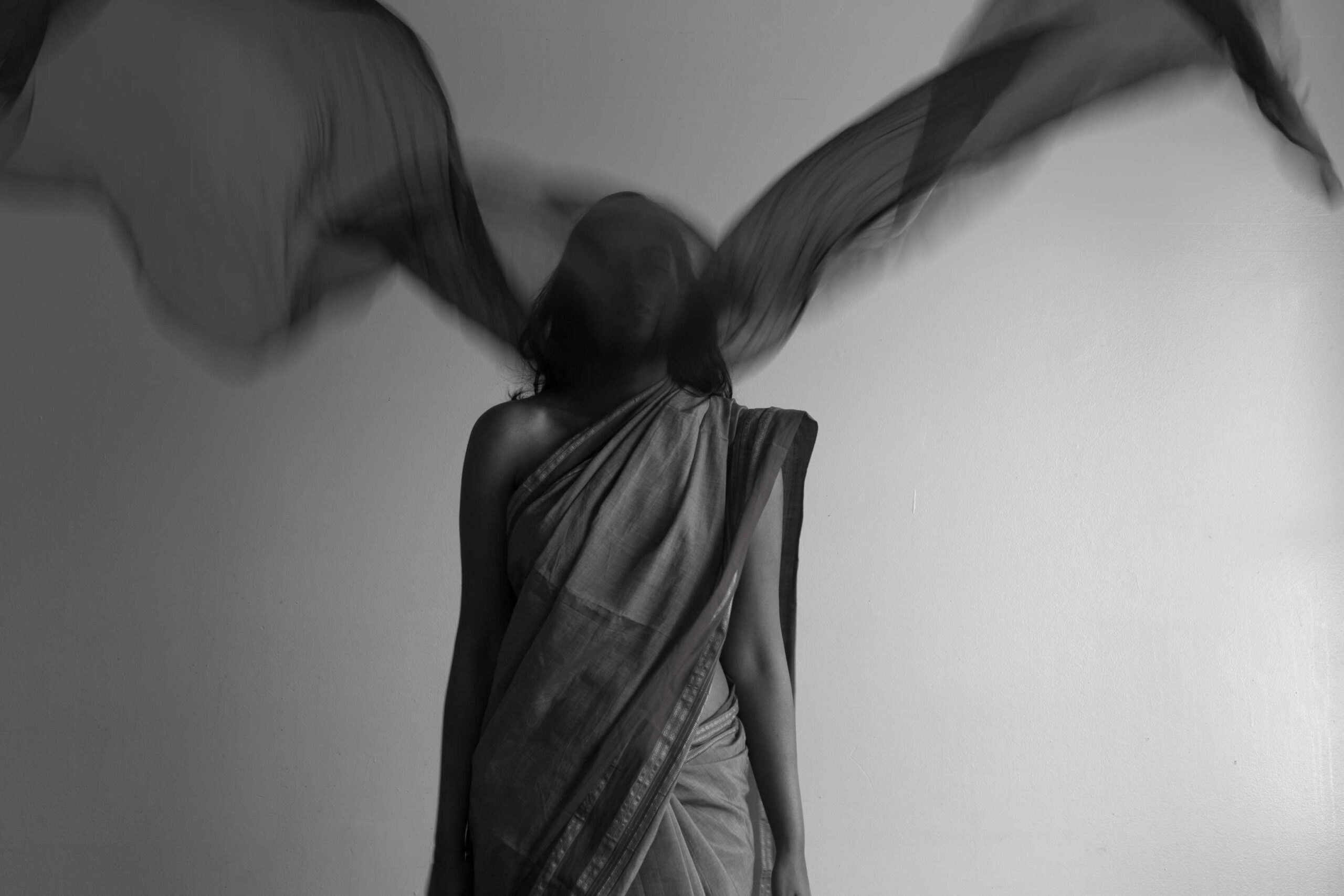Eli Bornstein: A Pioneering Force in Structurist Art
Eli Bornstein’s contributions to abstract art, particularly his innovative approach to Structurist art, have firmly established him as one of Canada’s most prominent and inventive artists. His work, a fusion of geometric abstraction and a profound engagement with Nature creates a vibrant, three-dimensional exploration of color, form, and environmentalism. His pioneering approach to abstraction, reshaping the abstract art landscape, and establishing a lasting connection between art and the natural world is a testament to his unique artistic vision that would define his long and prolific career.
The Evolution from Representation to Abstraction
Bornstein’s journey into the abstract world was neither sudden nor accidental. His early experiences with representational art laid the groundwork for his transition into abstraction, which occurred gradually over the 1950s. Initially inspired by the light and color dynamics of Impressionism, Bornstein gravitated toward more formal compositions influenced by the likes of Cézanne and Cubism. Works such as his 1952 Boats at Concarneau and the splintered cityscapes of Paris and Saskatoon from 1954 demonstrate his fascination with light and fractured forms. However, by the late 1950s, Bornstein realized that representational art no longer offered him the challenges or depths he sought.
His shift toward abstraction was inspired by the revolutionary developments of European modernists, mainly Dutch painter Piet Mondrian. Mondrian’s move to the strict geometry of De Stijl provided Bornstein with a new path: abstraction devoid of any imitative naturalism. However, Bornstein was not content with mimicking Mondrian’s retreat from reality. Instead, he sought a way to adapt the geometric vocabulary of Mondrian’s style into a more dynamic, organic form that resonated with Nature.
Structurist Art: A New Language of Abstraction
Bornstein coined the term Structurist to define his evolving practice, emphasizing that his approach was not a style or school of art but a way of ‘building’ form, similar to how a sculptor constructs a relief. This term reflected his belief that art should not simply exist as a set of static visual arrangements but should engage with its environment more immersive, three-dimensionally, inviting the audience to be part of the art.
The resulting Structurist Reliefs, developed in the 1950s and 1960s, were monumental in the evolution of abstract sculpture. Bornstein’s reliefs combined sharp angles, vivid colors, and geometric configurations to produce works that demanded an active engagement with the viewer. Unlike traditional flat paintings, Bornstein’s works protrude from the wall, altering their appearance depending on the angle of light or the viewer’s perspective. These were not static objects but ever-changing compositions, much like Nature itself.
Bornstein’s reliefs explore the mutable quality of the natural world, employing a strategy that he termed ‘organic.’ His work re-imagines Nature’s processes through abstraction, where the forms do not replicate Nature but evoke it through color, shape, and light. By the 1960s, his reliefs had grown more sophisticated, incorporating a wider range of colors and shapes that mirrored the natural world’s vibrancy and dynamism, connecting the audience to the ever-changing essence of Nature.
Nature and Transcendentalism: The Heart of Structuralism
While Bornstein’s technique draws heavily on European modernist movements like De Stijl and Cubism, his subject remains deeply rooted in North American Transcendentalism. This philosophical movement, which emerged in the 19th century, emphasized a deep spiritual connection with Nature and profoundly shaped Bornstein’s approach to art. Writers like Ralph Waldo Emerson and Henry David Thoreau, as well as artists such as Marsden Hartley, had long championed Nature as a spiritual force that transcended individual ego and connected all living things.
For Bornstein, this philosophy provided the underpinning for his Structuralist work. While he firmly rejected Expressionism’s emotionalism and the subjectivity it often embraced, Bornstein believed that art should be an extension of Nature’s Nature’s processes—objective yet alive with dynamic movement and energy. Much like the Transcendentalist writers, his works look to Nature not as a subject to be imitated but as an active, organic force to be interpreted.
Bornstein articulates his vision in a journal entry: “The creation of art in its deepest sense is like an act of worship, like a prayer. It is a communion with Nature and other human beings.” Through his art, Bornstein sought not only to represent the beauty of the natural world but also to participate in it and find a language that could reflect its ever-changing essence while remaining rooted in reality.
Structuralism and Ecological Awareness
In addition to his philosophical and artistic contributions, Bornstein was a pioneering voice in ecological and environmental discussions within the art world. Through his internationally influential periodical, The Structurist, founded in 1960, he created a platform for discussing art’s connection to the natural world. Bornstein’s writing and artwork resonated with ecological concerns, advocating for a return to natural forms of life in an increasingly industrialized and alienated world. As he noted, art could serve as a refuge—a space that counteracts the “inhuman environments” of modern cities.
This ecological perspective was ahead of its time, anticipating the rise of environmental consciousness in the late 20th century. As early as the 1960s, Bornstein recognized that humanity’s increasing detachment from Nature could be alleviated by art, which could serve as a “green space” in itself. His reliefs, with their tactile, interactive forms, encourage viewers to reconnect with their surroundings—offering a direct, physical engagement with Nature’s dynamics.
Legacy and Influence
Bornstein’s Structuralist art continues to inspire artists and environmental thinkers. His innovative approach to abstraction, blending geometry with naturalism, has set a new standard for how art can engage with human perception and the natural world. Bornstein’s In a career that spanned decades, works have been shown across Canada and internationally. His periodical The Structurist remains a key contribution to the intellectual and artistic dialogue of the 20th and 21st centuries.
Today, Eli Bornstein stands as a towering figure in the development of Canadian abstract art. His Structuralist works, with their powerful integration of Nature, abstraction, and geometry, reflect his lifelong dedication to exploring new ways of seeing and experiencing the world. In an age increasingly concerned with environmental issues, Bornstein’s art offers a spiritual connection to Nature and a call to action—a reminder of the importance of preserving the living, breathing world around us.
















